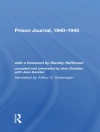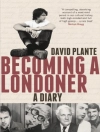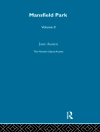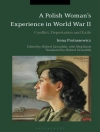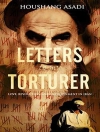Saint Marks invokes and pluralizes the figure of Mark in order to explore relations between painting and writing. Emphasizing that the saint is not a singular biographical individual in the various biblical and hagiographic texts that involve someone so named, the book takes as its ultimate concern the kinds of material life that outlive the human subject.
From the incommensurate, anachronic instances in which Saint Mark can be located—among them, as Evangelist or as patron saint of Venice—the book traces Mark’s afterlives within art, sacred texts, and literature in conversation with such art historians and philosophers as Aby Warburg, Giorgio Agamben, Georges Didi-Huberman, T. J. Clark, Adrian Stokes, and Jean-Luc Nancy. Goldberg begins in sixteenth-century Venice, with a series of paintings by Gentile and Giovanni Bellini, Tintoretto, and others, that have virtually nothing to do with biblical texts. He turns then to the legacy of John Ruskin’s Stones of Venice and through it to questions about what painting does as painting. A final chapter turns to ancient texts, considering the Gospel of St. Mark together with its double, the so-called Secret Gospel that has occasioned controversy for its homoerotic implications.
The posthumous persistence of a life is what the gospel named Mark calls the Kingdom of God. Saints have posthumous lives; but so too do paintings and texts. This major interdisciplinary study by one of our most astute cultural critics extends what might have been a purely theological subject to embrace questions central to cultural practice from the ancient world to the present.
Tabela de Conteúdo
Preface vii
List of Figures and Plates xv
Part I Painting Marks
1. Atmospherics (Bellini) 3
2. Gravity (Tintoretto) 40
Part II Writing Marks
3. Stones (of Venice) 75
4. Secrets 112
Acknowledgments 143
Notes 145
Index 165
Color plates follow pages 46 and 78
Sobre o autor
Jonathan Goldberg is Arts and Sciences Distinguished Professor Emeritus at Emory University. His many books include Come As You Are, After Eve Kosofsky Sedgwick; Saint Marks: Words, Images, and What Persists; Melodrama: An Aesthetics of Impossibility; and Sodometries: Renaissance Texts, Modern Sexualities. His writing centers on early modernity but ranges from Sappho and Willa Cather to Patricia Highsmith and Todd Haynes in exploring questions of materiality and sexuality.


